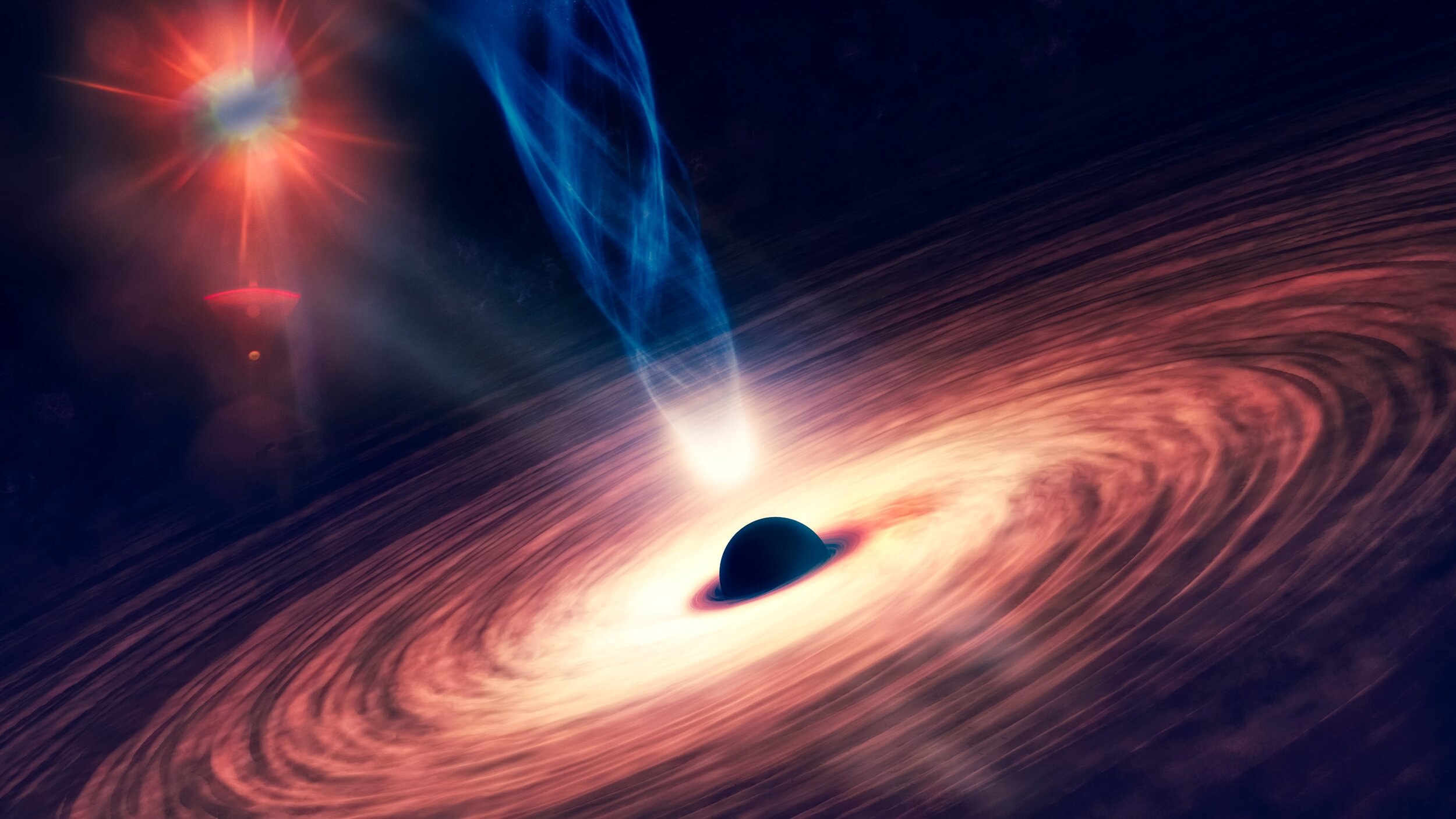With the use of radio telescopes, astronomers observed a superluminal ejection (or astrophysical jet) originating from MAXI J1820 + 070
Comments and suggestions are welcome! Don't hesitate and leave a comment on our comment section down below the article!
Image Credit: Elen11/NASA via iStock - HDR tune by Universal-Sci
With the use of radio telescopes, astronomers observed a superluminal ejection (or astrophysical jet) originating from MAXI J1820 + 070, a binary star system consisting of a black hole and a regular star.
The system, which was discovered almost two years ago and has since been widely studied, has a new surprise in store: astronomers have never before been able to follow the jet from such a great distance. The research results regarding this discovery have been published in the science journal Nature Astronomy.
The research team led by astronomers from Oxford, UK, focuses on so-called transients: short-term, rapidly varying brightness phenomena in the universe. The binary star system MAXI J1820 + 070 consists of a black hole and an ordinary star, rotating around each other. The black hole feeds on material from the star, but not all of the material ends up in the black hole. A part is shot away in jets at almost the speed of light. These types of jets can be observed with radio telescopes. The fact that the system eruption has been detected is remarkable in itself because these types of transients generally transfer so little material that they are invisible to telescopes.
Recording of MAXI J1820 + 070 at different times after the start of the eruption. The white line marks the position of the black hole, the dotted lines mark the movement of the ejected material. - Image Credit: NOVA / MeerKAT, VLA, eMERLIN Telescopes - (Click to enlarge)
In an interview with NOVA (Netherlands Research School for Astronomy) Ralph Weijers, part of the research team and astronomer at the University of Amsterdam, stated that these new observations allow astronomers to better determine how much energy the astrophysical jets contain and how that energy depends on other properties of the eruption, such as the amount of transferred matter.
This is valuable information because these stellar black holes can be seen as miniature versions of supermassive black holes that are found in the cores of galaxies. The amount of material that these supermassive black holes emit is important for the growth of their host galaxies and for the production of ultra-high-energy cosmic rays found across the universe. However, it should be noted that in the case of supermassive black holes these processes take place on huge time scales. In contrast, stellar black holes evolve much faster and are, therefore, the perfect laboratories to study this so-called feedback process.
Sources and further reading: NOVA press release - An extremely powerful long-lived superluminal ejection from the black hole MAXI J1820+070
If you enjoy our selection of content please consider following Universal-Sci on social media:



















